Drones are needed. Venezuela’s Mérida state got slammed by monster rains in June 2025. Rivers overflowed. Roads crumbled. Over 24,000 families—yep, that’s no typo—got hit hard, with homes wrecked and bridges wiped out. Towns like Apartaderos drowned in mud.
No deaths reported, thank goodness, but the chaos is real. Roads are gone, supplies can’t get through, and entire communities are cut off. Here’s where I get excited: imagine if drones were there.
Those DJI machines we all drool over could be absolute game-changers—finding missing folks, dropping off food and medicine, watching for mudslides, and checking busted bridges. Venezuela doesn’t have these drones right now, but let’s talk about what they could do if they were in the mix.
Finding the Lost When the Ground’s a Mess
Floods like Mérida’s turn everything into a nightmare. People get stranded, sometimes missing. Over 270 families in Apartaderos lost their homes when a river went wild. Searching on foot? Good luck. Mud’s everywhere, roads are history, and visibility’s trash. If DJI drones were on the scene, they’d be lifesavers. Picture a Mavic 3 Enterprise with its 4/3 CMOS Hasselblad camera sweeping over miles of flooded land. Its thermal imaging could spot people trapped in debris or huddled in soaked valleys, even in the dark.

A pilot could launch from a dry patch, fly over Mérida’s wrecked towns, and beam back a live feed. Family stuck on a hill? Drones spot them, send the coordinates, and rescuers move in. A DJI Matrice 30T could handle the pouring rain, zipping through storms to find folks in 12 battered municipalities. If Venezuela had these drones, they could’ve cut search times from days to hours, saving lives before the next wave hits.
Dropping Supplies Where Roads Don’t Exist
Mérida’s roads are a disaster zone. The Transandina Highway? Half-gone. A major bridge in Portuguesa? Toast. Getting food, water, or medicine to 8,500 cut-off families across five states is like trying to win a race with a broken car. If cargo drones were there, they’d laugh at broken roads. A DJI FlyCart 100 could haul pounds of gear—think water bottles, bandages, or protein bars—straight to a stranded family.
Imagine this: drones buzzing over blocked paths, dropping insulin to a diabetic in a cut-off village or antibiotics to a kid in Apure, where 640 indigenous families waited days for help. No roads needed, just a clear flight path. With a few pilots and a charging station, drones could’ve delivered aid to thousands in hours. Venezuela’s missing this tech now, but if they had it, those families wouldn’t be stuck waiting for ground crews to slog through mud.
Watching for Trouble from Above
Floods don’t just hit and quit. They trigger more chaos—mudslides, crumbling bridges, overflowing creeks. Mérida saw over 15 bridges damaged, some completely swept away. If drones were in play, they’d be like having a hawk in the sky. A Matrice 400 could map hillsides in real time, spotting cracks before a mudslide buries a town. Creeks swelling? A drone’s live feed catches it early, giving folks time to run.
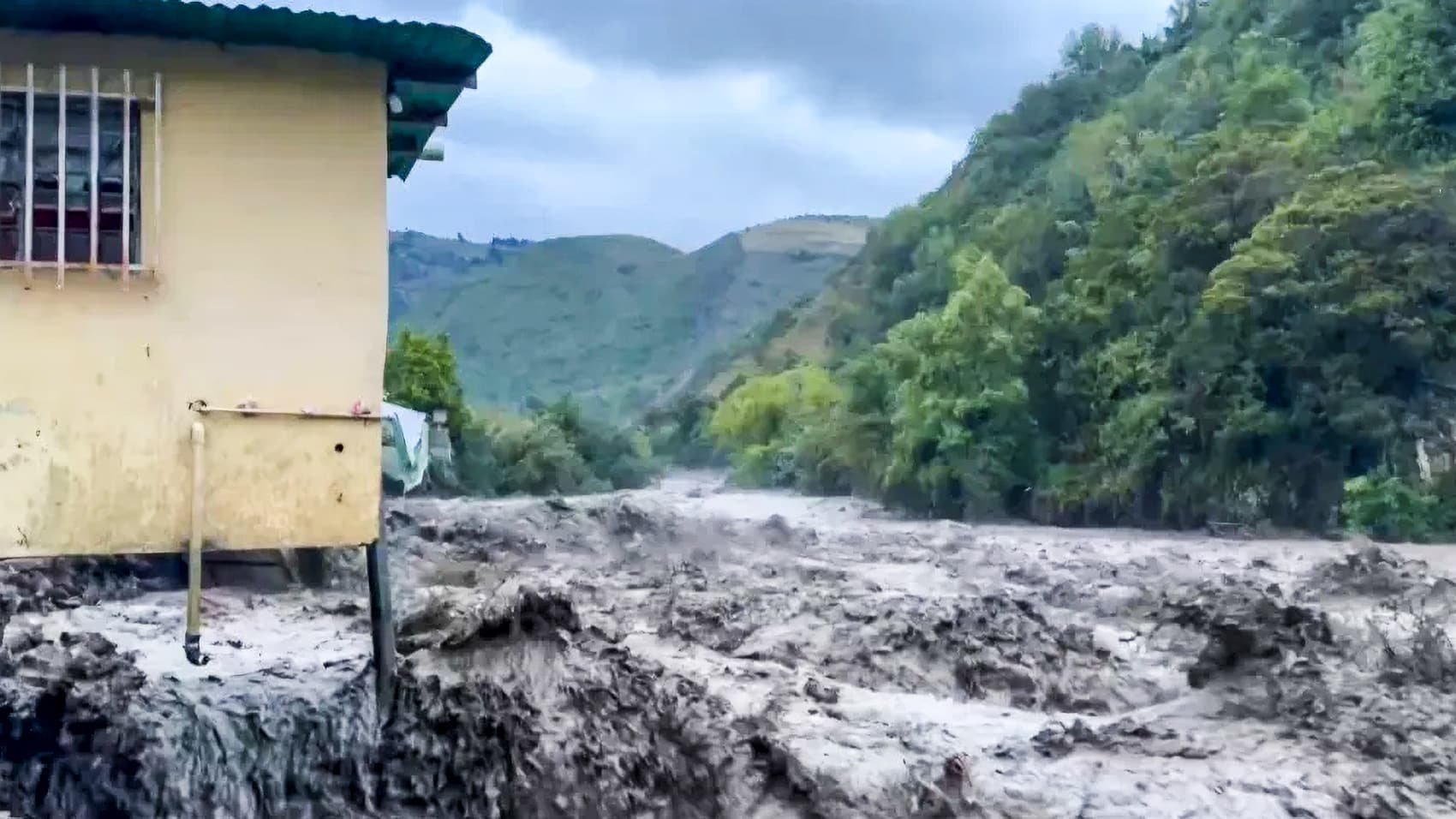
With LiDAR sensors, drones could track shifting ground, warning about landslides before they strike. The Chama and Santo Domingo rivers went nuts in Mérida—if drones were patrolling upstream, they could’ve flagged rising waters early. And those bridges? A DJI Mavic 4 Pro could zoom in on cracked supports or washed-out foundations, no engineer risking their neck. If Venezuela had drones, they’d be the ultimate early-warning system, stopping the next disaster before it starts.
Why Drones Would Be a Game-Changer
I’m a drone junkie, I’ll own it. But this isn’t just me geeking out over DJI’s latest gear. Mérida’s floods—24,000 families, 10 municipalities, and infrastructure in tatters—scream for drone tech. Ground crews like Defensa Civil and Bomberos de Mérida are busting their butts, but they’re stuck crawling through mud and waiting for roads to clear. Drones? They’d fly right over the mess, delivering aid, finding people, and spotting risks.
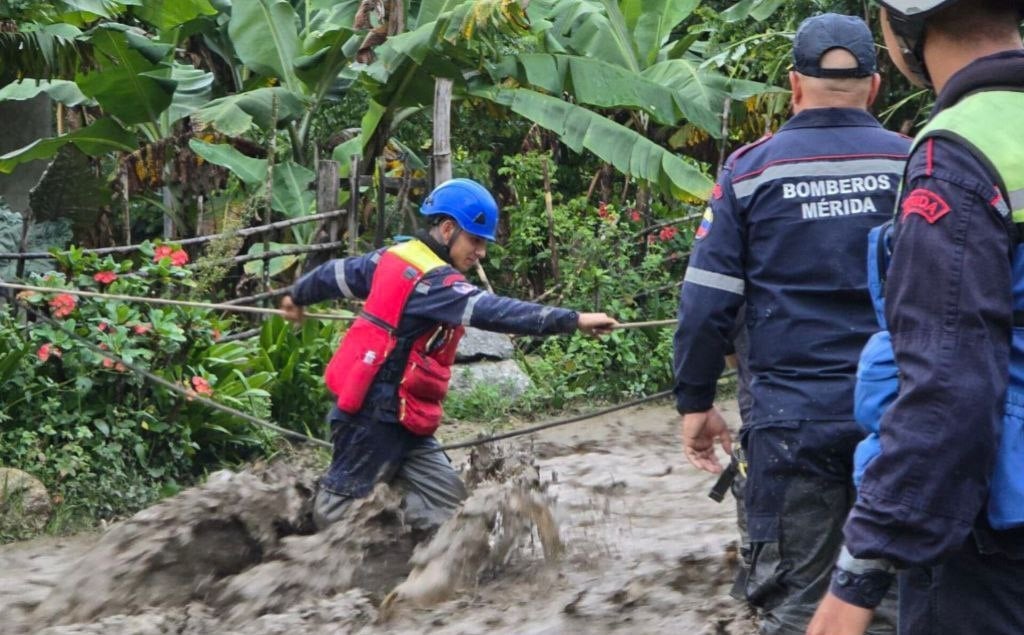
The tech exists. DJI’s got drones with 45-minute flight times, 10-mile ranges, and payloads that can carry serious weight. If Venezuela had a squad of these, paired with pilots who know their stuff, they’d rewrite the disaster playbook. Think about it: 25 bridges down, 8,000+ families isolated. Drones could’ve been the heroes, doing what choppers and trucks can’t, for a fraction of the cost. That’s the future I’m stoked about.
What’s Stopping This?
Let’s be real—drones aren’t perfect. Batteries run dry. Storms can ground them. You’d need trained pilots, not just some guy who crashed his Spark into a fence.
Coordinating with local officials in a crisis like Mérida’s, with 24,000 families in chaos, isn’t a walk in the park. And yeah, drones like the Matrice 400 cost a chunk of change. But stack that against rebuilding a bridge or airlifting supplies by helicopter? It’s a bargain.
Training’s the other piece. Any drone nerd with a Mavic could learn emergency ops in a weekend. If Venezuela had a drone program ready, they’d be saving lives instead of scrambling. The tech’s there, the need’s obvious—24,000 families could’ve used the help. So why aren’t we seeing this yet?
Let’s Get Drones in the Fight
Mérida’s floods are a gut punch. No drones are buzzing around Venezuela’s skies right now, but imagine if they were. Finding missing people, delivering medicine, watching for mudslides, checking bridges—these machines could’ve turned chaos into control.
Every DJI pilot out there, yeah, I’m talking to you with the drone in your garage, could be training for this. Charge those batteries. Practice those flights. If we push for drones in crises, the next flood won’t hit as hard. And that’s a win worth flying for.
Images courtesy of France24
Discover more from DroneXL.co
Subscribe to get the latest posts sent to your email.


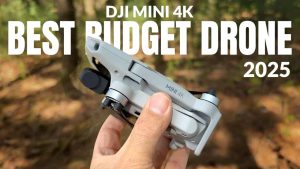

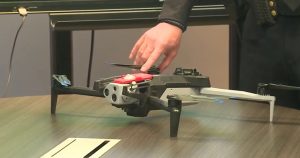
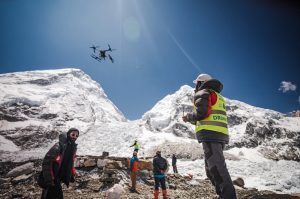
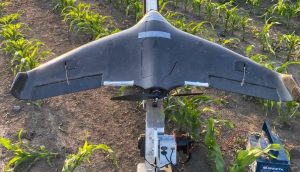
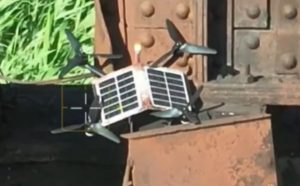
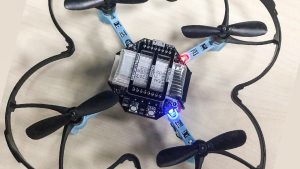
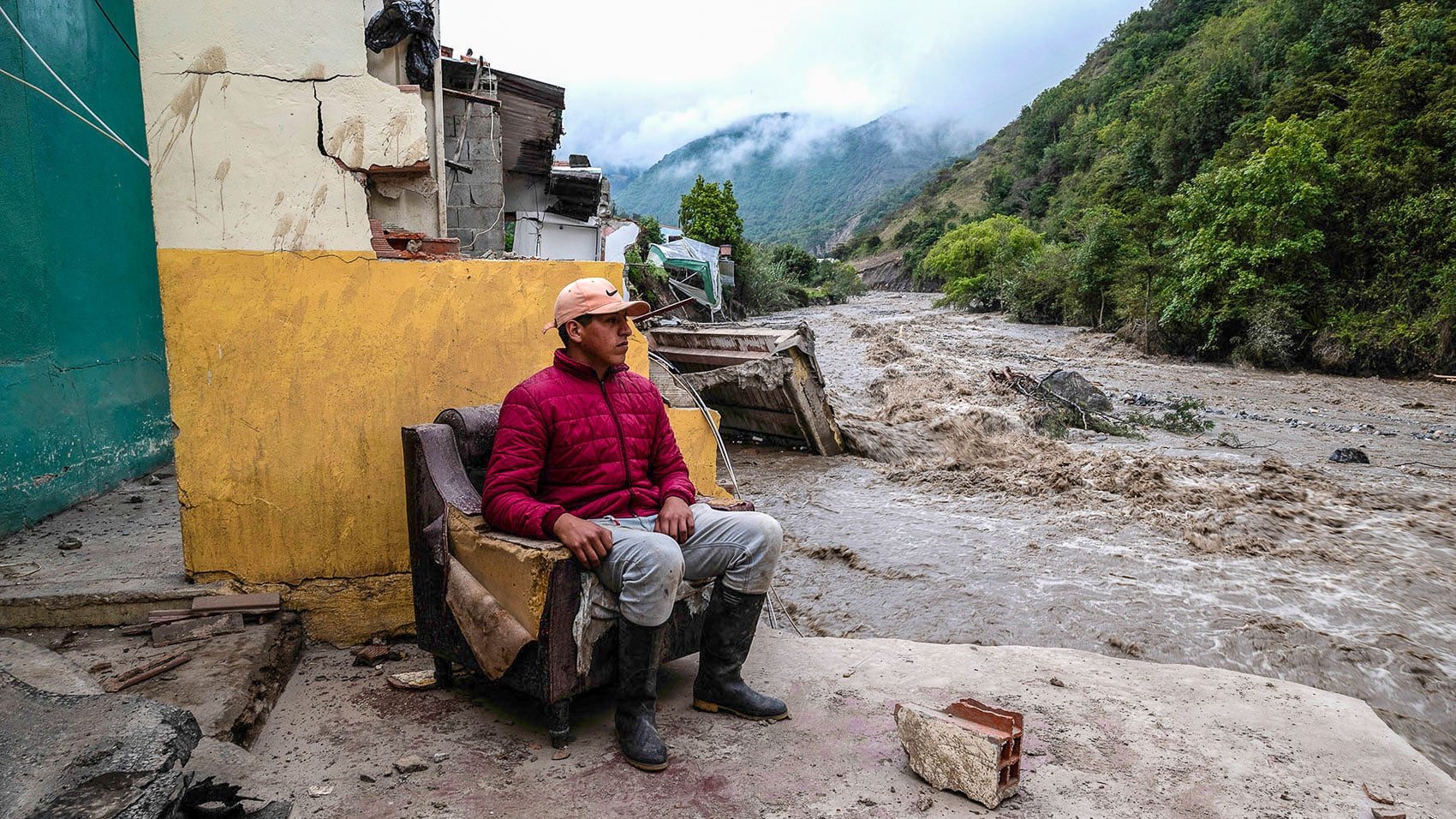


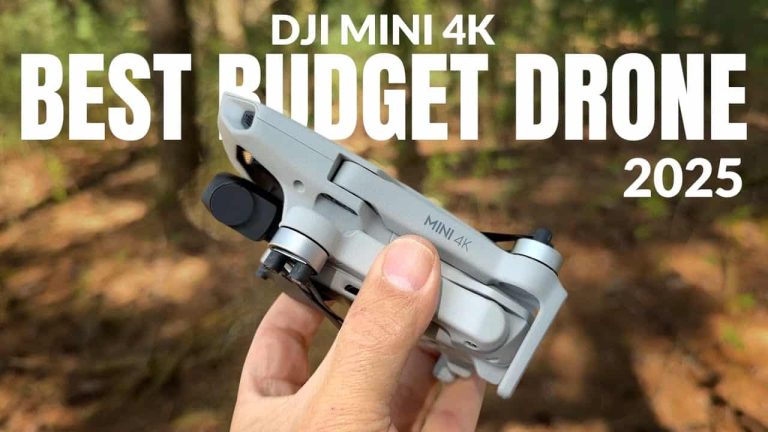
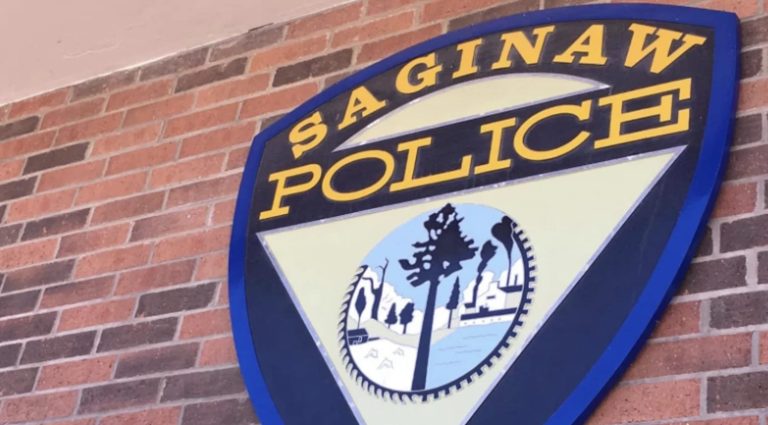
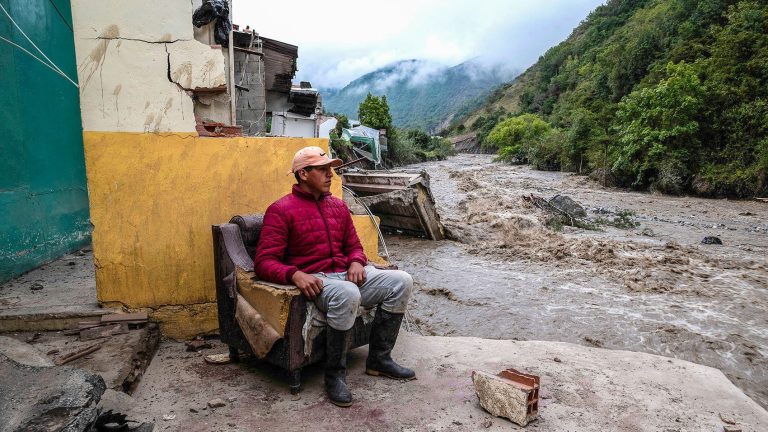
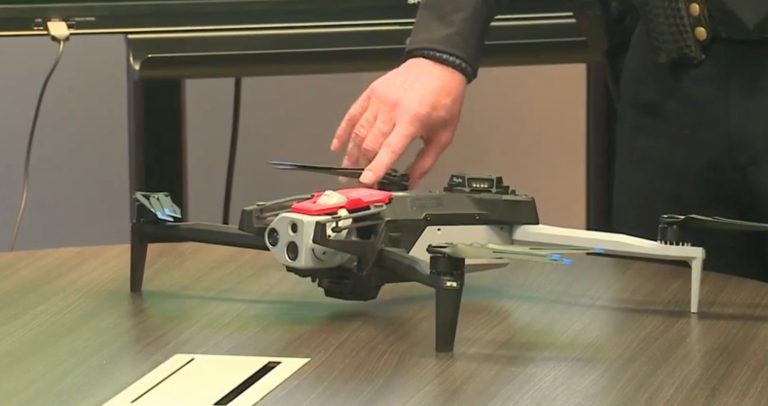
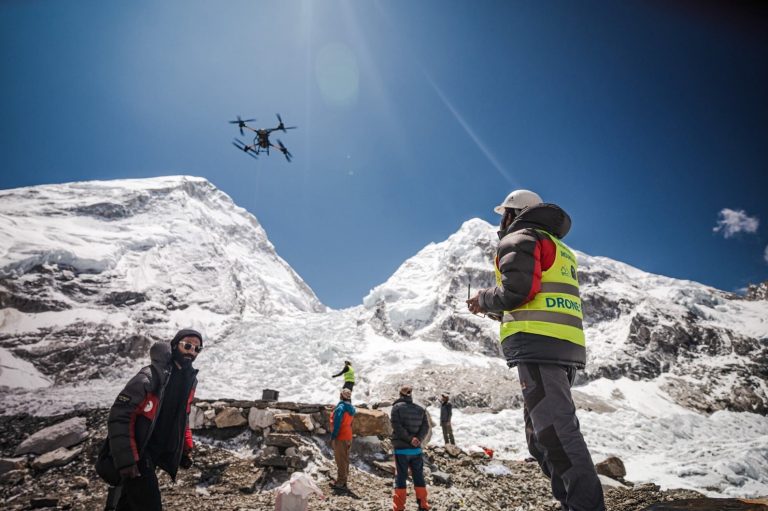
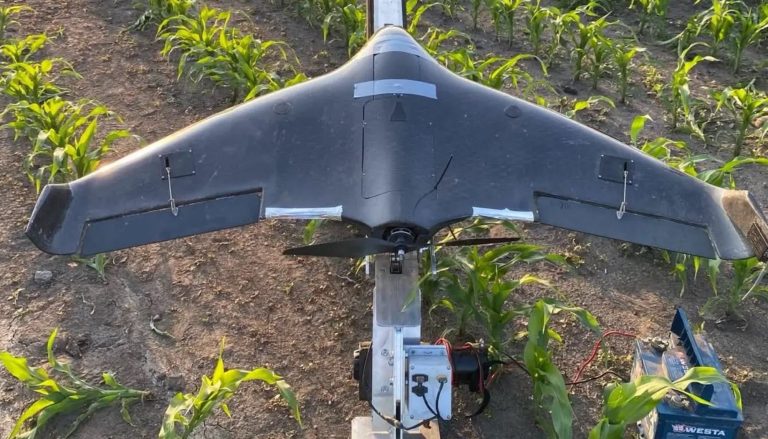
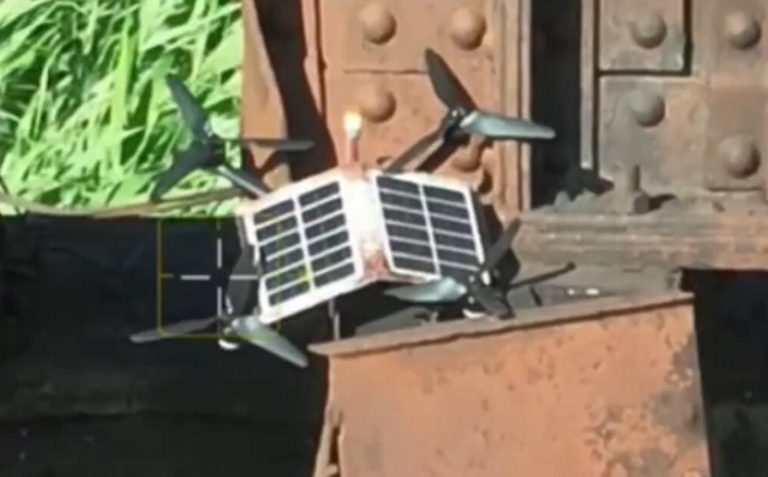
+ There are no comments
Add yours